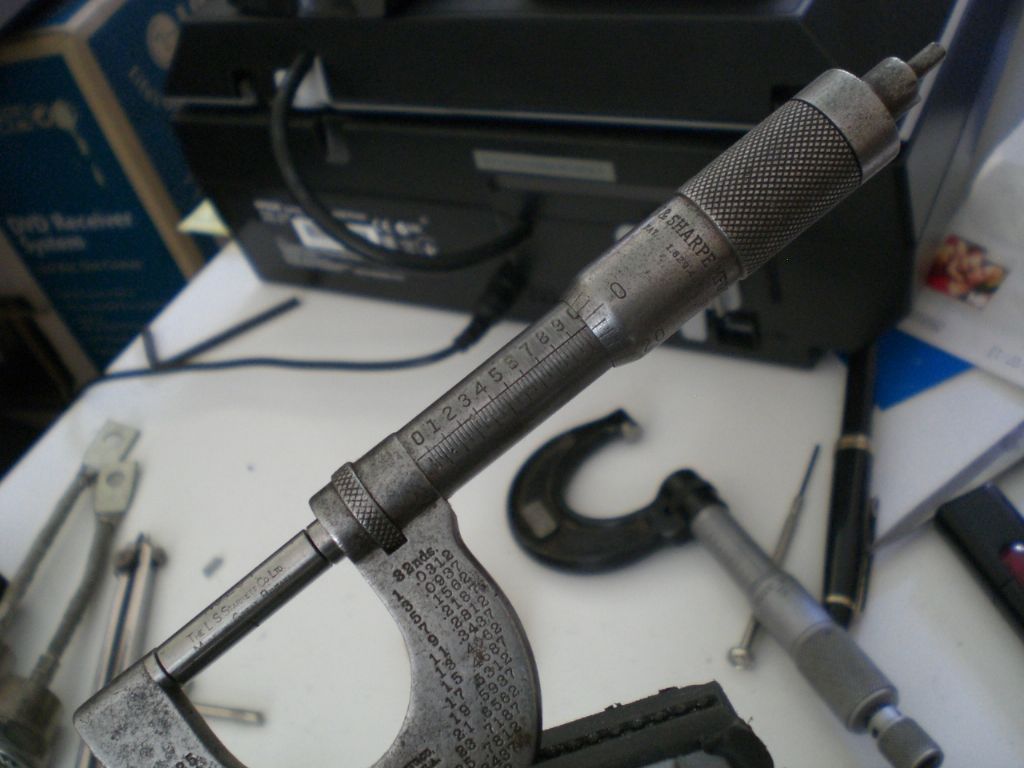I'm confused (not an unusual state of affairs for me), this thread started off with an enquiry about checking measuring instruments, after going round the houses the subjects of measuring the thickness of something so soft that most common measuring devices are likely to give inaccurate results.
Out of interest (and stepping into Michael Gilligans territory!) I Googled squish and karts. The following is from the first regulation document I found (so probably not the right one) but it does clarify the procedure somewhat. This is for a Rotax engine but I suspect the procedures is similar for others.
They do not mention solder but call the wire 'tin'. Whether that is pure tin, tinned copper wire, or tin/lead solder is not explained but something harder than solder would be more sensible. If by any chance flux cored solder was accidentally used that would give even more variable results as the point of measurement might have voids filled with soft flux.
Another fact is the use of a certified 'slide gauge'. No further details are given but the dimensions stated are well within the accuracy specifications of even cheap digital calipers. There are other images of readings being taken on parts of the engine ant those show fairly normal looking digital calipers so that is probably what the slide gauge is.
Below is the quish section,
5.1. Squish gap
125 Junior MAX/evo minimum = 1,20 mm
125 MAX/evo minimum = 1,00 mm
125 MAX DD2/evo minimum = 1,30 mm
The squish gap must be measured with a certified slide gauge and by using a 2 mm tin wire (Rotax part no. 580 130).
The crankshaft must be turned by hand slowly over top dead center to squeeze the tin wire.
The squish gap must be measured on the left and right side in the direction of the piston pin.
The average value of the two measurements counts.
The document I found is at http://www.rotax-kart.com/upload/files/2505.pdf
I do not understand the difficulty of cutting the end of the wire without deforming it. Full flush cutters are made by Lindstrom and others that will cut soft solder or even steel wire absolutely square ended with imperceptible ovality
It seems to me that the scrutineers should be answering any questions.
Ian P
Nigel McBurney 1.





